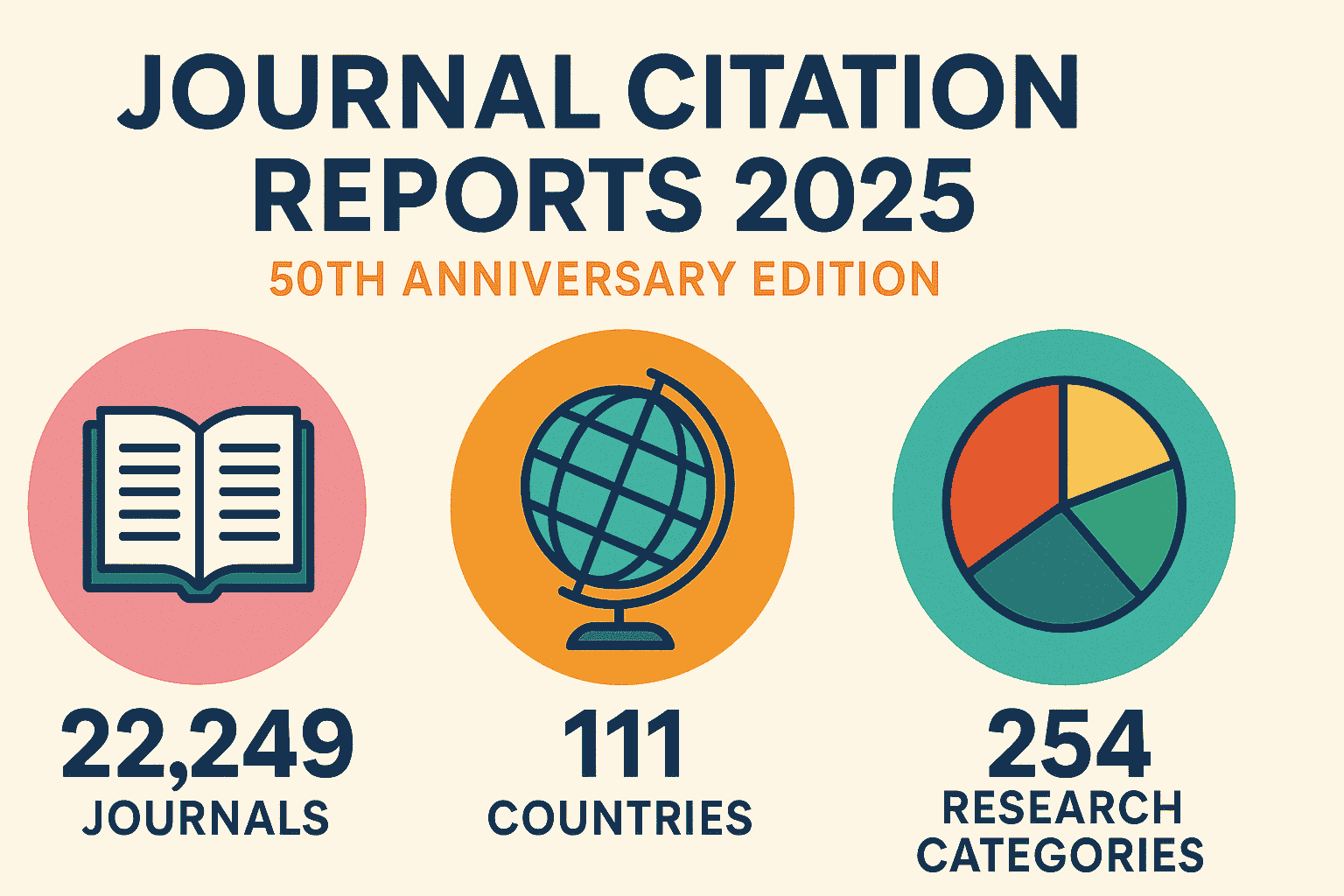Gel electrophoresis Protocol
Gel electrophoresis Protocol
Here is a basic protocol for agarose gel electrophoresis, often used for separating DNA fragments:
Materials Needed:
- Agarose
- 1X TAE buffer (40mM Tris, 20mM acetic acid, 1mM EDTA)
- DNA sample
- 6X DNA loading dye
- Ethidium bromide or safer alternative DNA stain
- Gel electrophoresis apparatus
- UV transilluminator (for ethidium bromide) or blue light transilluminator (for safer stains)
Steps:
- Preparation of the Agarose Gel:
a. Dissolve the appropriate amount of agarose in 1X TAE buffer (typically 1-2%) by heating.
b. Allow the gel solution to cool slightly, then add ethidium bromide or other DNA stain and mix.
c. Pour the agarose solution into the gel tray with the appropriate well comb inserted and let it solidify. - Loading Samples on Gel:
a. Mix DNA samples with 6X DNA loading dye.
b. Carefully load the DNA samples into the wells. - Performing Electrophoresis:
a. Insert the gel into the electrophoresis chamber filled with 1X TAE buffer.
b. Connect the power supply and run at an appropriate voltage (usually 5-10V/cm of gel).
c. Continue electrophoresis until the dye front has moved an appropriate distance. - Analysing the Gel:
a. Turn off the power and remove the gel from the chamber.
b. Use a UV or blue light transilluminator to visualize the DNA bands.
c. Document your results using a gel imager.
Always maintain safety procedures when dealing with ethidium bromide and UV light. They are both harmful and should be dealt with with great care.
Remember, this protocol can modify based on your specific needs and the type of experiment you are performing.
The voltage and electrophoresis time may vary depending on the size of the DNA fragments to be separated, and the agarose gel concentration may be adjusted depending on the desired resolution for different-sized fragments.
Always refer to the instructions or guidelines provided by the product manufacturers or consult with a scientist experienced in these procedures. Also, consult with your laboratory’s safety officer or the institution’s Environmental Health and Safety department for appropriate handling and disposal procedures for laboratory chemicals and materials.








